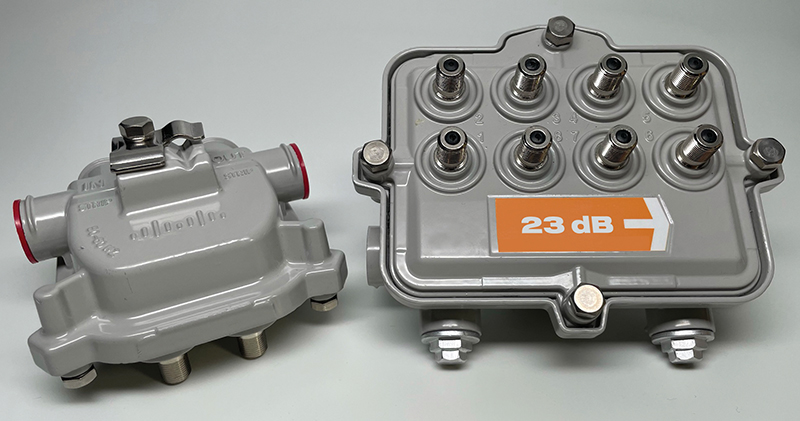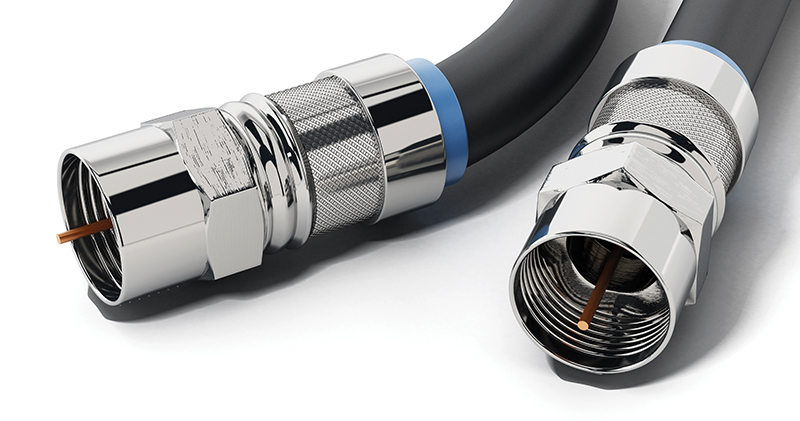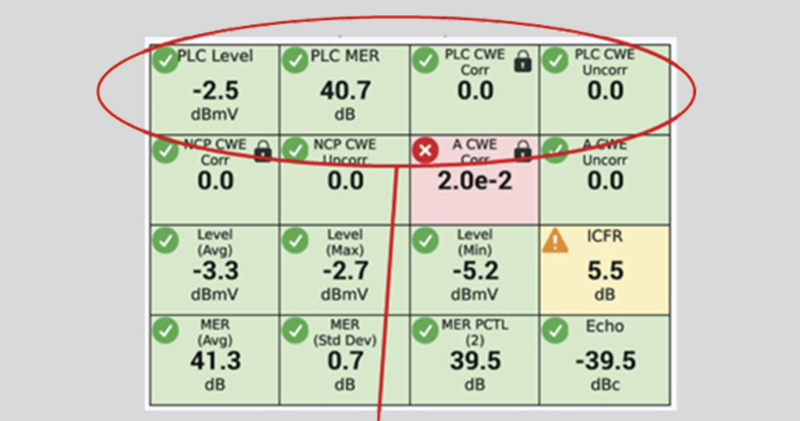THE CABLE REVOLUTION
By Ron Hranac – The days of designing, building, and operating service provider networks in silos has finally sunset. Make way for converged IP networks where the “network” is truly an end-to-end solution integrated and automated for networking, security, and compute.
Read More




